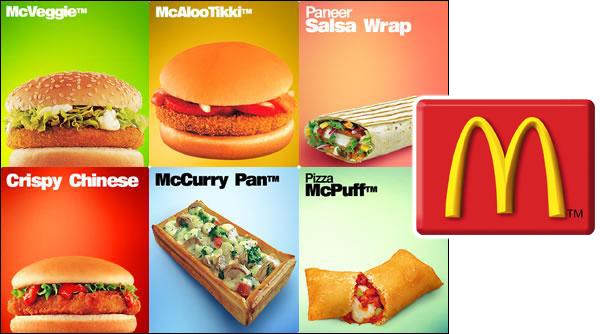Private Label & Cultural Adaptation
 Private labels are gaining huge market shares mainly in Europe and soon worldwide, but the most enjoyable part of launching a private label product is the adaptation to the local culture and taste.
Private labels are gaining huge market shares mainly in Europe and soon worldwide, but the most enjoyable part of launching a private label product is the adaptation to the local culture and taste.
Food products are the most sensitive to local tastes and habits.
An international company has several options when choosing a brand strategy. Brands may be local, regional and global. And this is the Carrefour & its Feta private label case.
Carrefour is worldwide No.2 retailer behind Walmart and Feta is a traditional Greek cheese appreciated around the world and have now very different names because since 2002, Feta has been a protected designation of origin product in the European Union, which means Feta only produced in Greece can be called Feta, any type of Feta produced outside Greece, cannot be named Feta.
Carrefour who is very active on its private label range and changing its global strategy by putting more pressure on its supplier and shifting in almost all categories of its shelves and pushing PL products forward and this is becoming somehow very obvious in their leaflets (no matter the market), has adapted a local strategy in Greece and Cyprus by launching their Feta.
The Carrefour Feta has no dedicated private brand, but simply using the Carrefour logo.
The main factors affecting the decisions to adapt products to local markets can be divided into 3 categories (Source: Sasu 2005, p. 148):
Market characteristics:
- Government regulations
- Non-tariff barriers
- Consumer models
- Competition
- Level of economic development
- Legal
Product characteristics
- Functions, attributes
- Durability, quality
- Methods of operation and use
- Brand and packaging
- Life cycle
- Country of origin
Company characteristics
- Profitability
- The cost of adaptation
- Organization
- Resources
- Policies adopted
- Experience
The below Carrefour Feta can be found in Greece and Cyprus stores, but the company can easily export this product to its worldwide stores.
To find out more about Feta, visit FetaMania


 The globalization of the world economy has triggered more and more companies to expand beyond their local markets. This is especially true for brands that already enjoy a good reputation in their country’s market.
The globalization of the world economy has triggered more and more companies to expand beyond their local markets. This is especially true for brands that already enjoy a good reputation in their country’s market.


























